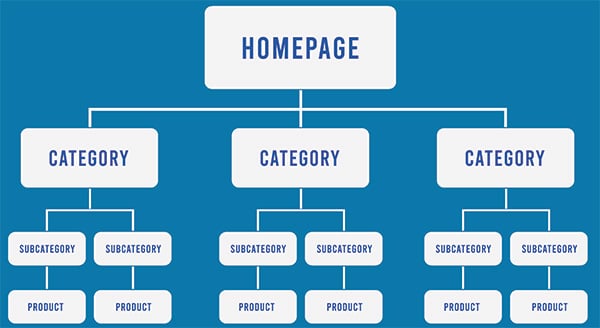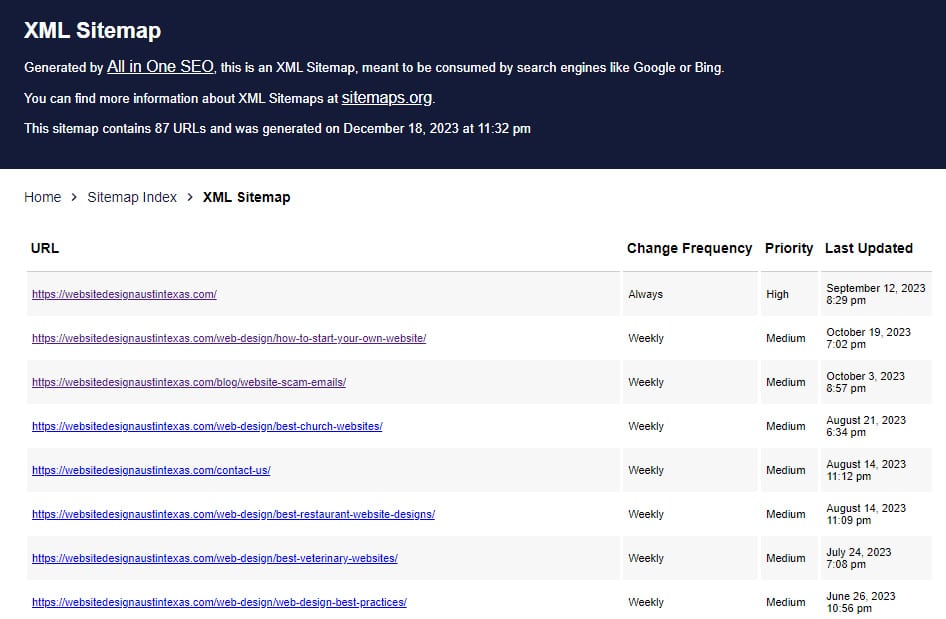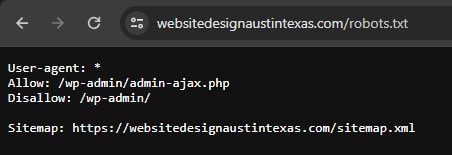Understanding and implementing Technical SEO can be a complex process, but its importance in driving your website’s visibility in search engine results cannot be overstated.
Technical SEO refers to the process of optimizing the technical aspects of your website. While it may sound daunting, with the right approach, mastering Technical SEO is an achievable goal.
We’ll shed light on some of the key elements of Technical SEO and how they can be optimized to enhance your website’s performance.
Table of Contents
What is Technical SEO?
Let’s start with the basics. Technical SEO is the process of optimizing the foundational elements of your website to improve its search engine visibility and user experience.
It includes everything from website speed and accessibility to mobile-friendliness and security. All of these elements are essential to a website’s success, as they affect how search engines crawl and index your website, as well as how users interact with it.
Why is Technical SEO important?
Technical SEO is important because it sets the foundation for your entire digital strategy.
Without a solid technical foundation, your website won’t be able to rank well on search engines or provide a good user experience. And if your website fails to meet the expectations of search engines and users alike, it will be difficult to generate traffic, leads, and revenue.
Technical SEO: What You Need To Optimize
Some elements will be easier to optimize than others, largely depending on the existing infrastructure of your website and the depth of your technical knowledge.
Some tasks may be as simple as updating meta descriptions or ensuring a user-friendly URL structure. However, more complex issues such as enhancing website speed or improving security may require the expertise of a professional website developer.
An adept website developer can be invaluable in this process, offering a deep dive into more complex aspects of Technical SEO.
Let’s explore some key areas to focus on in your quest to master Technical SEO.
Website Structure and Navigation
The structure and navigation of your website play a crucial role in Technical SEO.
A well-organized and easily navigable website makes it easier for search engines to crawl and index your content, ultimately improving its visibility.
Additionally, a user-friendly website will keep visitors engaged, reduce bounce rates, and increase the chances of conversion.
Characteristics of Good Website Structure and Navigation
The first characteristic of a good website structure is logical and straightforward organization.
Pages should be grouped into categories and subcategories that reflect the nature of the content, making it easier for users to find what they are looking for.

Secondly, a well-structured site should have a clear and concise navigation menu.
The menu should be prominently placed, usually at the top of the page or down one side, and contain links to the most important pages on your site.

Another important feature is a clean and consistent URL structure.
URLs should be simple, easy to read, and representative of the content on the page. This makes it easier for search engines to understand and index your pages.


Finally, a good website structure should include internal linking. This means linking to other relevant pages within your website, which can help boost SEO and keep users on your website longer.
Mobile Optimization
With more and more users accessing websites through mobile devices, it’s crucial to have a website that is optimized for mobile use.

This includes having a responsive design that adapts to different screen sizes, as well as ensuring that all content, images, and videos are easily accessible on mobile.
Mobile optimization is also important for Technical SEO because search engines prioritize mobile-friendly websites in their results pages.
So if your website is not properly optimized for mobile, you could be missing out on valuable traffic and potential customers.
Learn More:
Site Speed and Performance
Website speed is a critical factor in Technical SEO. Search engines prioritize websites that offer a fast and smooth user experience, as it reflects the overall quality of the website.
Slow loading times can lead to higher bounce rates and negatively impact your search engine rankings.
Tips For How To Improve Page Speed
One effective way to improve page speed is by optimizing images.
Images can significantly slow down your website if they are not properly optimized. Compressing images and using the correct file format (jpg or webp) can help reduce their size without sacrificing quality.
Here at WDATX, we love to use Imagify to compress and convert images to Webp (instead of JPG or PNG. WebP is an innovative image format that revolutionizes compression techniques for web images, resulting in smaller file sizes and faster loading times.
Another tip is to enable browser caching.
This allows a user’s browser to store elements of your website, such as images or code so that they don’t have to be downloaded every time the user visits your site. This can greatly improve page load times.
Minifying your code is also a helpful technique.
This involves removing unnecessary characters from your HTML, CSS, and JavaScript files to reduce their size and increase page speed.
We use and recommend WP Rocket to implement minifying code techniques on WordPress websites.
Learn More:
Schema Markup and Structured Data
Schema markup and structured data are two important elements of Technical SEO that can help your website stand out in search engine results pages.
Schema markup is a type of code that you can add to your website to provide additional information about its content, such as reviews, ratings, or business hours. This helps search engines understand the context of your content and present it more accurately in search results.
Structured data, on the other hand, is a way of organizing and labeling information on your website using a specific vocabulary. This allows search engines to better understand the content on your site and potentially display it as a rich snippet in search results.
XML Sitemaps and Robots.txt
XML sitemaps and robots.txt are two essential files that help search engines crawl and index your website more efficiently.
A sitemap is essentially a map of your website, listing all the pages and content within it. This allows search engines to easily find and understand the structure of your site.

Robots.txt, on the other hand, is a file that tells search engines which pages of your website to crawl and which ones to ignore. This can help prevent duplicate content issues and ensure that only important pages are indexed.

Both are normally set up by default through modern website builders like WordPress, Wix, Shopify, etc. However, each can be optimized further and should be checked manually to ensure they are set up correctly.
Canonicalization and Duplicate Content
Duplicate content can negatively impact your website’s SEO as search engines may not know which versions of the content to index and rank. Canonicalization helps address this issue.
By specifying a canonical URL for duplicate or similar pages, you inform search engines which version of the content is the “authoritative” one. This reduces confusion and ensures that the SEO value of the content is assigned to your chosen URL.
To manually implement canonicalization, you can use the rel=”canonical” link element on the duplicate pages pointing to the original page. It’s also recommended to use self-referencing canonicals on all pages, so search engines understand that the page is the master copy. Most modern website builders (WordPress, Wix, etc.) implement this automatically.
In general, managing duplicate content and employing canonicalization are key elements of technical SEO. They preserve the integrity of your website structure and contribute to better indexing and ranking in search engine results.
How Can WDATX Help You Master Technical SEO?
At Website Design Austin Texas (WDATX), we have a team of experts who specialize in Technical SEO.
We can help you with everything from website speed optimization and mobile-friendliness to SSL implementation and schema markup. Our team uses the latest tools, techniques, and best practices to ensure that your website is fully optimized for search engines and users alike.
Our audits go beyond just checking your website speed and security. We also assess your website’s architecture, navigation, and content structure, among other things. Based on our findings, we provide you with a detailed report that outlines areas for improvement and actionable recommendations.
Technical SEO is an essential aspect of any successful digital strategy. It’s the backbone of good website design, and it can make all the difference in terms of search engine visibility and user experience.
